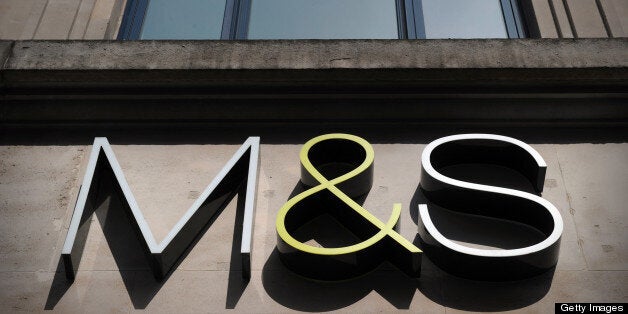
For as long as I remember Marks and Spencer has been the place where you go for essentials such as underwear and suits because what they sold was usually good very good in terms of quality. It was also a store that made customer service central to its strategy. Add to this the fact that until just over a decade ago all produce that was sold by M&S meant that it was admired for its patriotism.
For the majority of the last century M&S was iconic in terms of its ability to consistently expand its business by selling a range of clothes and food that people valued and were willing to pay a little more to buy.
From its origins in Leeds as a partnership in 1894 between the immigrant Belarusian Michael Marks and book-keeper Tom Spencer it developed into an organisation which prided itself on a combination of innovation and dedication to treating its staff as being crucial to its ability to deliver quality.
In the period from the 1960s onwards M&S went from strength to strength and in echoes of other currently highly successful names, it appeared that it could do no wrong. And as some commentators now reflect, this sense of invulnerability may have been the reason why senior managers began to lose sight of the things that had made it so successful in the first place; giving customers quality with high levels of service.
This was especially so in the late 1990s under Sir Richard Greenbury who though able to take pride in M&S being the first British company to make a billion pounds of profit in 1997, had to witness a rapid decline from which it has never been able to reclaim its once vaunted status as the nations favourite high street store.
In the last 15 years there have been a number of senior managers hired who have attempted to introduce innovations (and new lines) intended to restore M&S's fortunes. In 2004 there was even the prospect of M&S being taken over by billionaire investor and owner of Top Shop and BHS Sir Philip Green. M&S shareholders were not enthusiastic about being taken over by someone who had made his money selling merchandise that would traditionally have been considered downmarket.
And this has been the problem with M&S. The somewhat staid and conservative approach to retailing which served it so well in the past is not longer attracting customers; especially the young. Selling underwear to the over 50s is not a sustainable long-term strategy!
So much attention was focused on the launch on Tuesday evening of M&S's launch by the current chief executive Marc Bolland of its autumn/winter clothing range. Given that there have been seven consecutive quarters of falling sales there is a belief that Bolland needs to deliver some success.
Additionally M&S under Bolland must invest in updating its technology and distribution capabilities. As its finance director has admitted M&S has not properly invested for 20 years and lags behind its competitors.
The investment in recent years in modernising its stores is a major part of attracting back customers. But even more important is the introduction of a computerised system to track stock and improvement in its ability to shift goods to both stores and customers. Amazingly, this is still done manually by M&S staff. And whereas other retailers are able to develop new ranges and get them into the store within a couple of weeks, this process can take months in M&S.
A key component of M&S's strategy is the opening of a huge distribution warehouse in Castle Donnington in the East Midlands; the first of three to serve the country. This facility which is over 900,000 square feet (comparable to 11 Wembley football pitches) is fully automated and intended to allow it to handle 1 million orders a day.
Currently M&S has 50 warehouses which couples with its lack of systems means that it can take a number of days to assemble an order and before despatch to the customer. Clearly senior managers at M&S were not reading the latest theories on so called lean, supply-chain management and organisational agility.
In an age when next day delivery is now commonplace M&S is certainly seen to be lagging behind the likes of online retailer Amazon. But when compared to a traditional 'high street' retailers it is still deficient. For example, over a third of Next's sales are made online. In the case of M&S the figure is only 15%.
M&S is trying to achieve a great deal all at once; to update its products and improve all its systems of procurement and distribution whilst keeping its dwindling customers happy so as to attract new one for the future. And the opposition is not standing still in its use of innovation as well as being ahead in many key areas. Bolland and his team are under pressure and achieving success is not guaranteed.
M&S should be aware that technology does not always offer a panacea. In 2004 Sainsbury's introduced the sort of automated warehouse which M&S has recently opened. The problems that opening this warehouse caused Sainsbury's created chaos from which took it years to recover from.
There are many who may be sentimental about the golden days of M&S; one analyst contends that it is a cherished brand and is in the 'British bloodstream'. However, this is not enough. Though no-one is suggesting M&S will disappear - its food range still sell consistently well - there is a belief that it will continue face many challenges in its quest to become more innovative and creative in its strategy.
A consistent theme is that M&S should be willing to entertain radically different ways of carrying out its business. However, changing the culture of an organisation the size of M&S is far from simple and is a task that requires more than the very well paid advisors that have been hired in recent years.